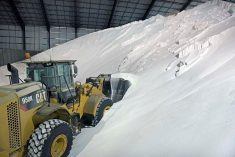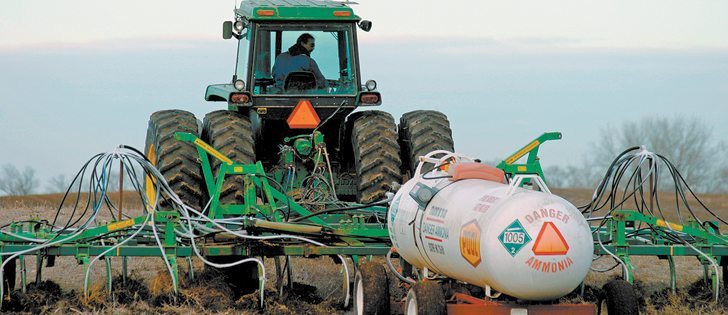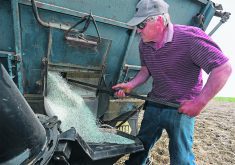Yield, cost of production, prices, market outlook: those are the first things we tend to think and talk about when looking toward the next crop.
From those we calculate expected profitability. That’s the bottom line everybody works toward. That’s where a lot of people stop.
A critical missing component is risk. Farmers have a good sense of the overall risk they’re taking on each year and over the medium term. Most don’t have a good grasp of the range of risks they face, nor the slices of risk they’re taking on with each crop choice.
Read Also

Huge Black Sea flax crop to provide stiff competition
Russia and Kazakhstan harvested huge flax crops and will be providing stiff competition in China and the EU.
That’s where the work of Manitoba Agriculture’s farm management team is helpful. They not only provide a wealth of their own estimates for coming crop costs-of-production, returns and relative risks, but also run farm numbers through several risk scenarios to reveal the underlying risks taken on in crop production.
Their 2023 Cost of Production guidebook, available both printed and online, provides a wealth of analysis from which any farmer can benefit. The specific numbers and results are for Manitoba, so they’d need to be altered for other provinces and customized within Manitoba itself for local conditions, but the battery of risk-analysis tools they use can help any farmer grasp the risks they’re taking on.
For example, they put crop returns through a “stress test” that looks at what happens if yields are 20 percent less than expected and prices fall 10 percent. This doesn’t affect all crops anywhere near equally. Corn goes from the number one expected profitability leader, with $114 per acre profits over total costs, to one of the worst, with a $170 per acre loss. Soybeans go from the eighth best, at a $35 per acre profit, to the least loss-making, at a per acre loss of $126.
The guide looks at relative crop risks compared to crop insurance levels, both crop-to-crop and based on the insurance levels a farmer selects. The impact of diverse rotations compared to canola-wheat rotations is examined. The impact of seeding dates on profitability is laid out.
The farm management team has been doing this work for years, adding and modifying tools. But something major has changed, which has nothing to do with the guidebook itself.
In the last three years the cost of farming has shot through the roof. Fortunately, the price of crops has also surged, so everything seems OK.
Until you don’t get a crop.
That’s been the situation faced by thousands of farmers affected by drought, flooding and other production problems since 2019. High crop prices cover the high costs of fertilizer and other inputs as long as enough yield is produced to cover the exposure. But the risk farmers are taking on is much greater than before. When the crop doesn’t show up, the losses can be staggering.
High crop prices can’t be assumed. There is a gap between when most farmers price their fertilizer and when they price their crops. That gap creates immense risk that the cost of expensive fertilizer will have to be covered by sales of price-reduced crops.
Farmers might still be looking at good profits for most crops this year, but they’re taking on huge levels of risk to produce those profits. In percentage terms, nothing much might have changed, but in real-world, nominal dollars terms, the risk exposure has taken a moonshot.
Risk isn’t as easy to ponder as yields, costs, prices and profitability. It requires extra math and time. The 2023 Cost of Production guide provides not just its estimates of profitability and risk, but allows farmers to see how to do the math and make the calculations.
It’s well worth checking out before you turn to the practical realities of seeding, managing, harvesting and selling the next crop.


















